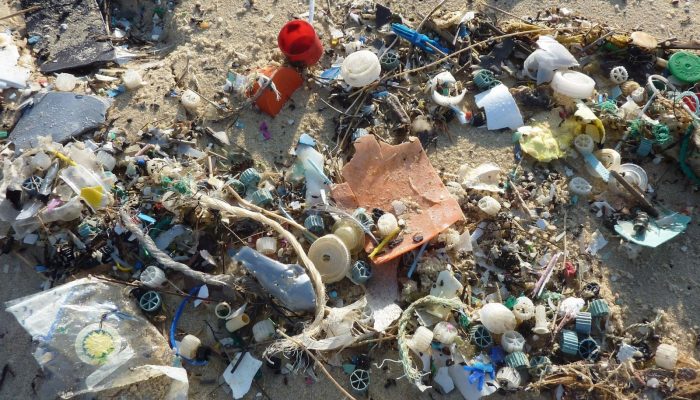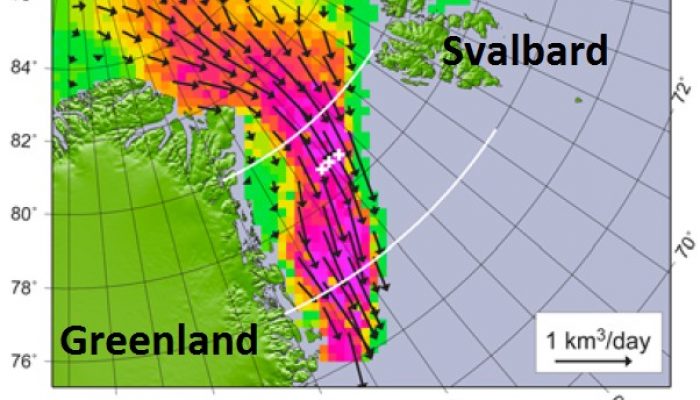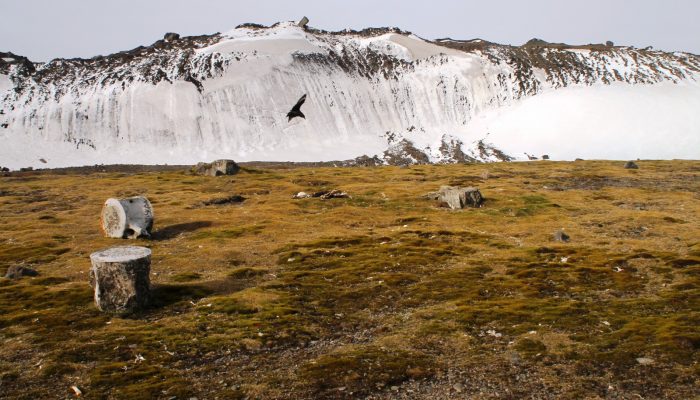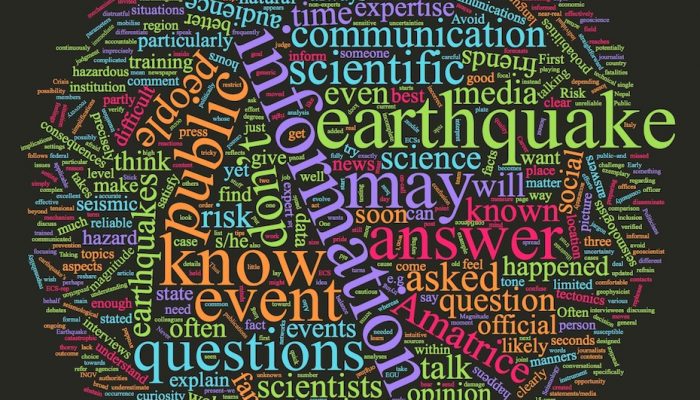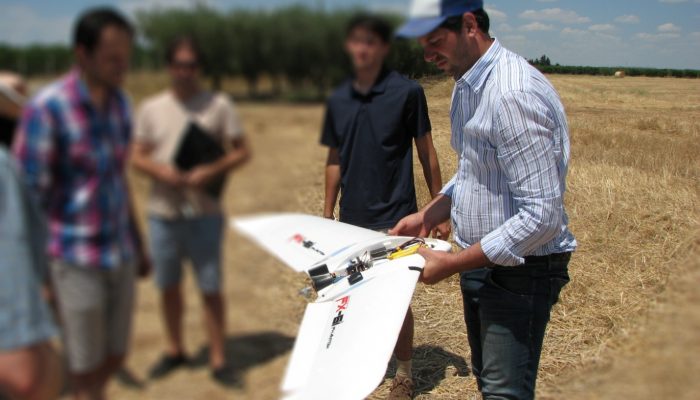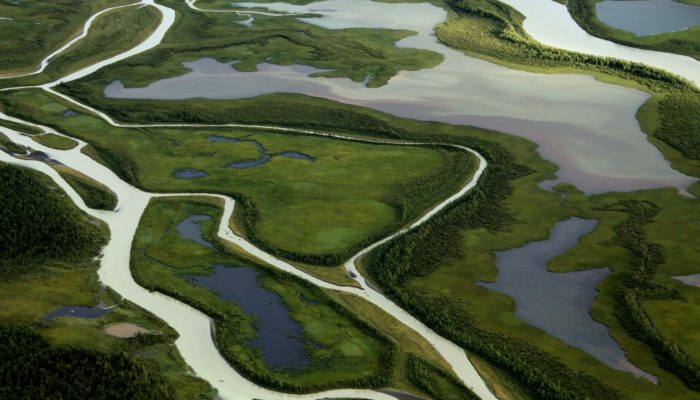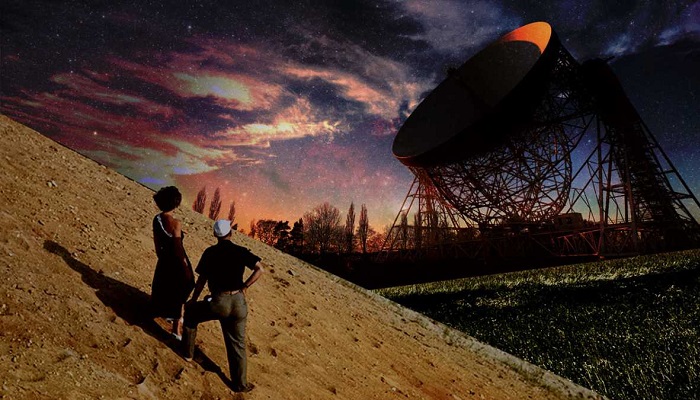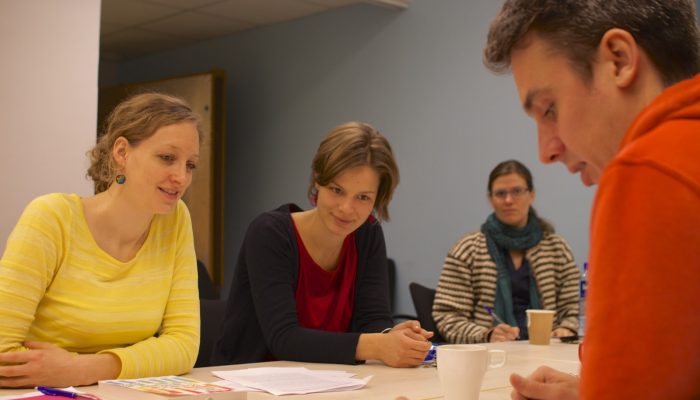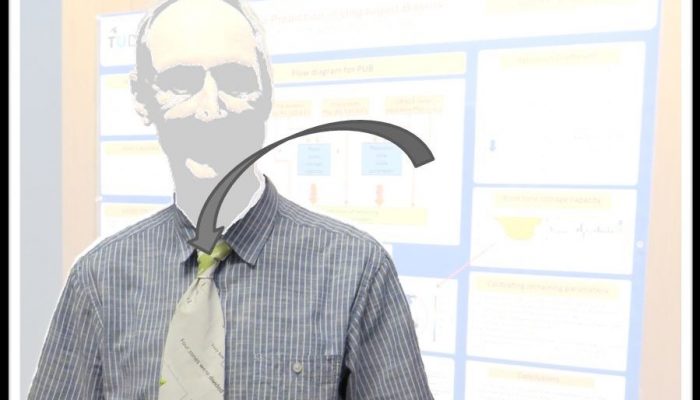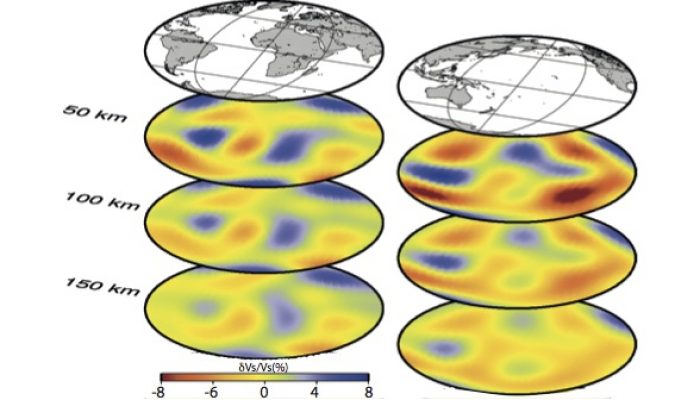Geotalk is a regular feature highlighting early career researchers and their work. In this interview we speak to Erik van Sebille, an oceanographer at the Grantham Institute at Imperial Collage London, and winner of the 2016 OS Outstanding Young Scientist Award. As an expert in understanding how oceans transport all kinds of materials, from water and heat through to plastics, Erik has gained detai ...[Read More]
If you didn't find what you was looking for try searching again.
Cryospheric Sciences
Image of the Week – Satellite Measurements of Arctic Sea Ice
Sea ice is an important part of the Earth’s climate system. When sea ice forms, it releases heat and salt. When sea ice melts, it takes up heat and adds freshwater to the salty ocean water. It is also important for the exchange of energy between the atmosphere and the ocean surface, and for the ocean currents that transport warm and cold water from the equator to the poles and back. The main route ...[Read More]
GeoLog
Geosciences Column: A new rock outcrop map and area estimation for the entire Antarctic continent
Antarctica has been known as “the frozen continent” for almost as long as we have known of its existence. It may be the only place on Earth where, instead of information on the extent of glaciers or ice caps, there exists a dataset of all non-icy areas compiled from satellite imagery. However, this repository is far from perfect: while satellite resolution and coverage have been steadily improving ...[Read More]
Seismology
Science communication after disasters
When events such as the Aug 28 2016 Amatrice earthquake occur, we seismologists are asked to answer scientific questions and to give an immediate judgment of the situation. Such questions may be asked by media officers during formal interviews or by friends and family members in person or even on the social networks in informal settings (sometimes only a few seconds after the earthquake’s occurren ...[Read More]
GeoLog
GeoTalk: Raffaele Albano, Early Career Scientist Representative
In addition to the usual GeoTalk interviews, were we highlight the work and achievements of early career researchers, over the next few months we’ll be introducing the Division early career scientist representatives (ECS). They are responsible for ensuring that the voice of EGU ECS membership is heard. From organising short courses during the General Assembly, through to running Division Blogs and ...[Read More]
GeoLog
Imaggeo on Mondays: Living flows
There are handful true wildernesses left on the planet. Only a few, far flung corners, of the globe remain truly remote and unspoilt. To explore and experience untouched landscapes you might find yourself making the journey to the dunes in Sossuvlei in Namibia, or to the salty plain of the Salar Uyuni in Bolivia. But it’s not necessary to travel so far to discover an area where humans have, so far ...[Read More]
Atmospheric Sciences
Science Communication – Brexit, Climate Change and the Bluedot Festival
Earlier this summer journalists, broadcasters, writers and scientists gathered in Manchester, UK for the Third European Conference of Science Journalists (ECSJ) arranged by two prestigious organisations. Firstly, the Association of British Science Writers (ABSW) who provides support to those who write about science and technology in the UK through debates, events and awards. Secondly the European ...[Read More]
GeoLog
GeoSciences Column: Improving together – science writing and football
Writing is something that those pursuing a career in academia are expected to be good at. It is a requirement of the job, yet it is a skill few get any formal training in and simply rely on the old saying that practice makes perfect. But what if there is another way? Mathew Stiller-Reeve is a co-founder of ClimateSnack, a writing group organization, which aims to tackle the problem. In today’s pos ...[Read More]
GeoLog
GeoTalk: REcycle textile posters into useful products
Conference posters: Most scientists spend tens (if not hundreds) of working hours perfecting their conference poster. There’s not just the science to think about, but also the design, the flow, the images, the language… The list is endless. Once complete, you print it, roll it up and feed it into the protective poster tube. Then you travel to the conference venue, whereupon you ‘compete’ with othe ...[Read More]
Seismology
Paper of the Month — Mapping the upper mantle
“MAPPING THE UPPER MANTLE: THREE-DIMENSIONAL MODELING OF EARTH STRUCTURE BY INVERSION OF SEISMIC WAVEFORMS” (Woodhouse & Dziewonski,1984) commented by Andrew Valentine. Here we are again with our Paper of the Month (PoM) series! Our guest writer is Andrew Valentine, who has chosen to comment one of the landmark papers in global seismic imaging: “Mapping the upper mantle: Thre ...[Read More]

